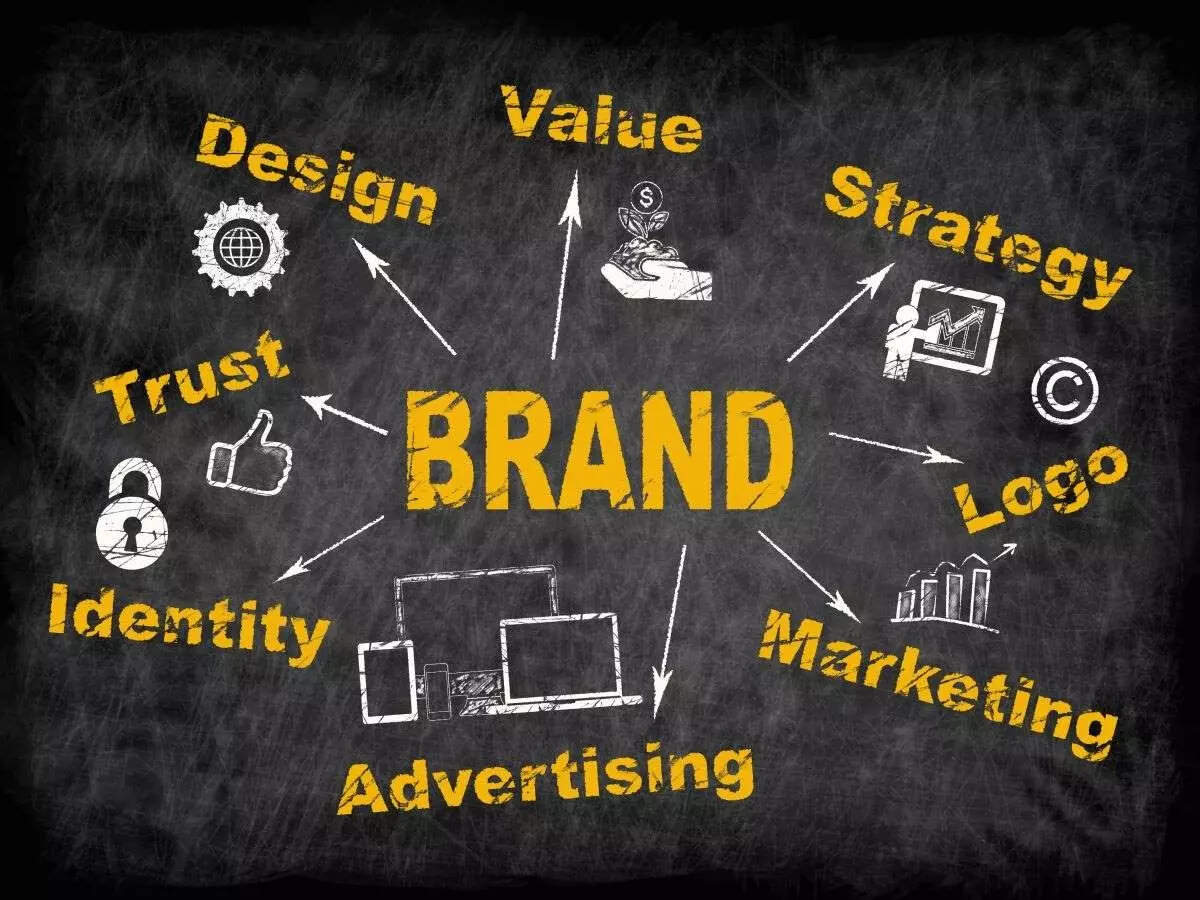
The entire world came to a halt in 2020 and 2021 with the pandemic hitting us, resulting in total lockdown of countries, widespread travel restrictions, and closure of numerous businesses. This also led to a drastic change in consumer behaviour as having to stay at home significantly impacted their spending habits due to rising unemployment and limited availability of essential and non-essential goods. The pandemic sent many sectors like hotels and airlines into survival mode, some of which lost up to 20% of their brand value. On the other hand, businesses in sectors like health, hygiene, e-commerce, OTT platforms, food delivery services, etc. have grown significantly.
Now, even as economies start to reopen, the fact remains that the pandemic has disrupted consumer behaviour in such as a way that it may never return to ‘normal’. Hence, if brands want to not just survive but thrive in the coming year, it’s imperative for them to relook at their strategies and adapt to the ‘new normal’.
Let us look at seven branding trends that are expected to emerge in 2022:
1. Holding Brands to Higher Standards
The past year has brought social issues to the forefront, with people voicing their opinions and taking strong stands more openly especially on various social media platforms. Consumers are now actively looking at the ‘social consciousness’ of brands and the values that they stand behind. In a research conducted by McKinsey, 61% of the participants claimed that how a brand responds during a crisis will ascertain if they will continue buying it when the crisis is over.
Consumers are now looking at brands to take strong stands on social issues and back them up with stronger actions. Brands that are socially conscious and responsible are likely to gain the trust of the consumer faster and consequently see a rise in their brand value.
2. The growth of e-commerce brands
With physical stores closing and consumers trying to avoid crowded stores, e-commerce saw significant growth. Leading e-commerce giants anticipate a permanent shift in consumer behaviour, moving toward online or omnichannel shopping platforms. However, brands that are transitioning into the e-commerce space for the first time should do so with due consideration to various fundamental aspects like pricing, packaging, delivery timelines etc.
3. Focus on Sustainability
Since the pandemic, consumers have become more aware of the products they use and their impact on individuals and the environment. As a result, there’s been a rise in small sustainable businesses that are attracting customers more than big brands, with the latter now having to actively work on making their products more sustainable. For example, beauty and skincare brands have to make a conscious effort to make cruelty-free products. The food industry has also seen veganism and vegetarianism on the rise so they have had to adapt in certain ways and have had to promote sustainable eating habits. This trend is going to have significant impact on brand strategies in 2022.
4. Focus on Building Communities
The pandemic forced individuals to come together as a community and help each other out in difficult times. Brands should adapt their marketing strategies to this shift in the sensibilities of the consumers by taking a more grassroot approach to communication as well as by localizing the brand experience. Brands that focus on supporting and nurturing communities in times of crisis will not only stand out from their competitors but also gain customer loyalty and trust.
5. Partnerships and Collaborations
Forward-looking businesses recognize that successfully navigating 2022 and beyond will require new marketing strategies like brand partnerships and brand licensing that they may not have considered previously. For example, several brands are partnering with other like-minded brands to help those who are in need during these difficult times. Several brands are also venturing into brand licensing as a way to launch new product categories not just to overcome the economic downturn but also to amplify the brand loyalty and trust among their consumers. However, to reap the benefits of brand licensing, brands must ensure that they choose their licensee partners thoughtfully and extend all support and guidance to them.
When done right, brand partnerships and brand licensing can prove to be a really strong arrow in any brand’s strategic arsenal.
6. Focus on Content
During the pandemic, the biggest challenge for brands has been to cope with fast-changing consumer behaviour, requiring them to adapt their communication strategies just as quickly.
However, any change in the messaging and the creative concept can create a huge impact on a brand, leading to an increase or reduction in its brand value in an instant. In 2022, it will be especially crucial for brands to determine what kind of content they are putting out and through what channels is the information reaching the consumers.
Through their content, brands can take clear stands on social issues, and can inform consumers about what protocols they are taking to keep the employees and the consumers safe during these turbulent times.
7. Innovation is Key
Many brands are leveraging technology and incorporating online business models to survive in this pandemic-hit economy, something they didn’t have to think about earlier. For example, museums and art galleries are now booking 360 virtual reality tours of their displays and shows.
The pandemic has led to a fundamental shift in consumer behaviour, causing businesses to make continuous innovation a key strategy in order to adapt to the new normal in which working from home, online shopping, social and environmental consciousness, etc. have taken the centre stage.
To Wrap Up
The Covid-19 crisis brought the world economy to its knees and almost all businesses have had to struggle for their survival over the last two years. Now, as we enter 2022, it is critical for brands to rethink what they know and reconsider their branding and marketing strategies going ahead so as to stay relevant and cope with the changing consumer behaviour.
Also Read:

